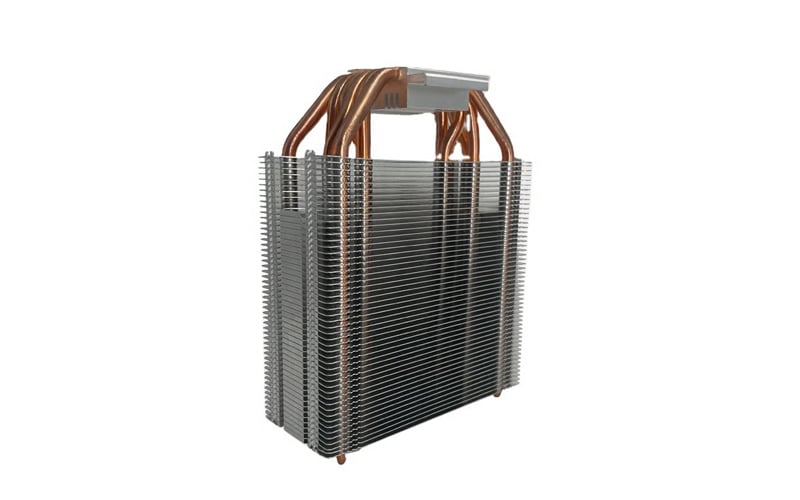Effective Heat Dissipation
When it comes to heat sink modules, one of the most important factors to consider is how effectively they can dissipate heat. Aluminum heat sink modules are known for their excellent thermal conductivity, making them a popular choice for applications that require efficient heat dissipation. On the other hand, copper heat sink modules have a higher thermal conductivity than aluminum, making them even more effective at dissipating heat.
Weight and Cost Considerations
Another important aspect to consider when choosing between aluminum and copper heat sink modules is their weight and cost. Aluminum heat sink modules are lighter and less expensive than copper modules, making them a more cost-effective option for many applications. However, copper heat sink modules are more durable and have a longer lifespan, which can offset their higher initial cost in the long run.
Corrosion Resistance
Corrosion resistance is another factor to consider when selecting a heat sink module material. Aluminum heat sink modules are more prone to corrosion than copper modules, especially in harsh environments or when exposed to moisture. Copper, on the other hand, is more resistant to corrosion, making it a better choice for applications where corrosion is a concern.
Thermal Expansion
Thermal expansion is an important consideration when choosing a heat sink module material, as different materials have different rates of expansion when subjected to heat. Copper has a lower thermal expansion coefficient than aluminum, meaning that copper heat sink modules are less likely to warp or deform when exposed to high temperatures. This can be advantageous in applications where stability is crucial.
Electrical Conductivity
In some applications, the electrical conductivity of the heat sink module material may be a factor to consider. Copper is a highly conductive material, making it an excellent choice for applications where electrical conductivity is important. Aluminum, while not as conductive as copper, still offers good electrical conductivity and can be a suitable option for many applications.
Manufacturability
The manufacturability of heat sink modules is another important aspect to consider. Aluminum is a lightweight and malleable material, making it easy to machine and form into complex shapes. Copper, on the other hand, is a harder material that can be more difficult to work with. Manufacturers may need specialized equipment and techniques to fabricate copper heat sink modules, which can increase production costs.
Thermal Resistance
When it comes to heat transfer, thermal resistance is a critical factor to consider. Copper has a lower thermal resistance than aluminum, meaning that copper heat sink modules can transfer heat more efficiently. This can make copper a preferred choice for applications where maximizing heat transfer is a priority.
Compatibility with Other Materials
Compatibility with other materials is an important consideration in many applications. Aluminum heat sink modules are more compatible with a wider range of materials than copper modules, making them a versatile option for various applications. Copper, while highly effective at heat dissipation, may not be suitable for all applications due to compatibility issues with certain materials.
Longevity and Durability
Durability and longevity are key considerations when selecting heat sink modules. Copper heat sink modules have a longer lifespan and are more resistant to wear and tear than aluminum modules. While aluminum modules are more lightweight and cost-effective, copper modules may be a better long-term investment for applications that require durability and reliability.
Environmental Impact
Finally, the environmental impact of heat sink modules is an important consideration for many industries. Aluminum is a highly recyclable material, making aluminum heat sink modules a more environmentally friendly choice than copper modules. Copper mining and production have a more significant environmental impact than aluminum production, making aluminum a more sustainable choice for environmentally conscious applications.

